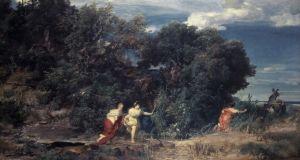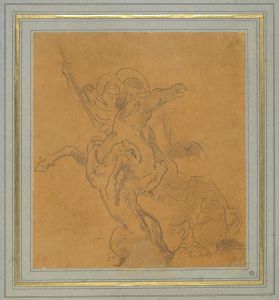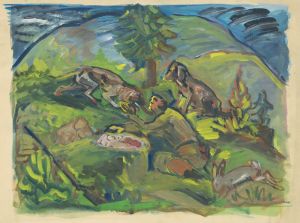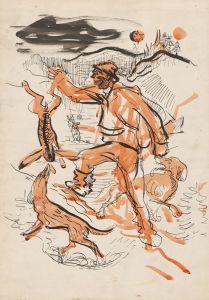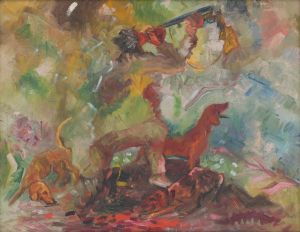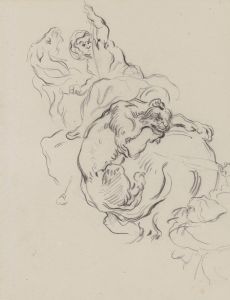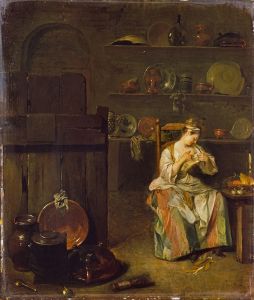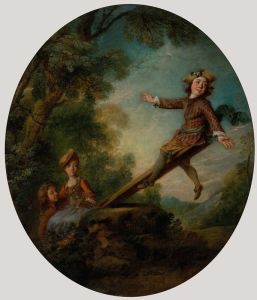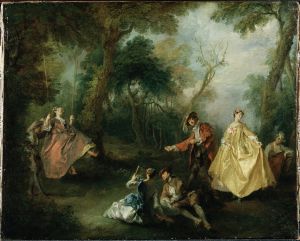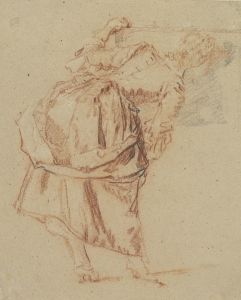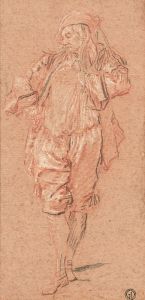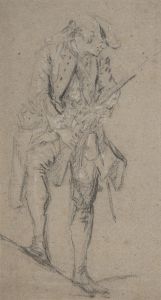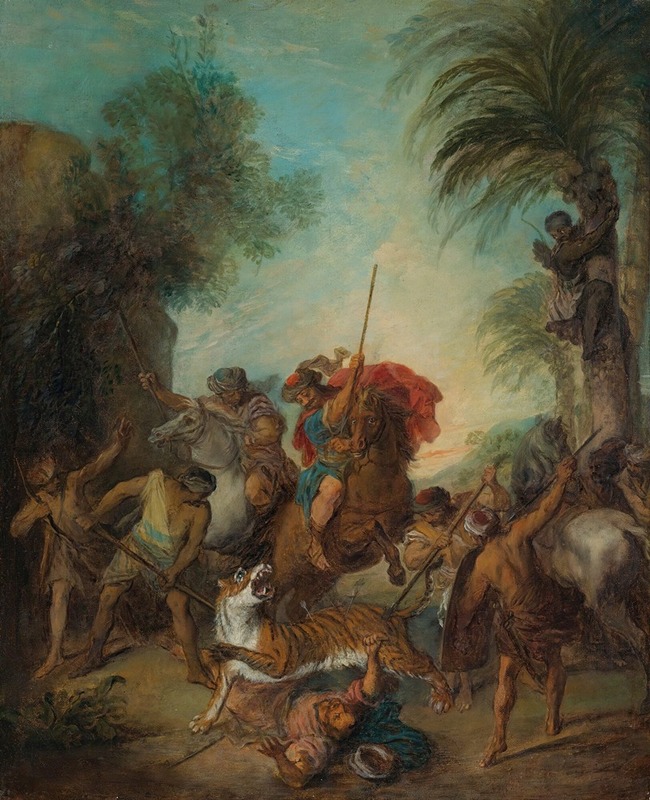
The Tiger Hunt
A hand-painted replica of Nicolas Lancret’s masterpiece The Tiger Hunt, meticulously crafted by professional artists to capture the true essence of the original. Each piece is created with museum-quality canvas and rare mineral pigments, carefully painted by experienced artists with delicate brushstrokes and rich, layered colors to perfectly recreate the texture of the original artwork. Unlike machine-printed reproductions, this hand-painted version brings the painting to life, infused with the artist’s emotions and skill in every stroke. Whether for personal collection or home decoration, it instantly elevates the artistic atmosphere of any space.
Nicolas Lancret's "The Tiger Hunt" is a captivating artwork that reflects the artistic style and cultural influences of the 18th century. Lancret, a French painter born in 1690, was known for his Rococo style, which often depicted lively and elegant scenes of contemporary life. Although Lancret is primarily recognized for his genre paintings, "The Tiger Hunt" stands out as an example of his ability to capture dynamic and exotic themes.
"The Tiger Hunt" is believed to have been created during a period when European artists were increasingly fascinated by exotic subjects and the depiction of non-European themes. This interest was partly fueled by the expansion of European colonial empires and the subsequent exposure to different cultures and wildlife. Such themes were popular among the aristocracy, who were intrigued by the idea of distant lands and the thrill of the hunt.
In this painting, Lancret portrays a dramatic and energetic scene of a tiger hunt, a subject that was not commonly explored in French art at the time. The composition is filled with movement and tension, capturing the moment of confrontation between the hunters and the tiger. Lancret's use of vibrant colors and dynamic brushwork enhances the sense of action and excitement, drawing the viewer into the heart of the hunt.
The painting reflects the Rococo style through its emphasis on movement, color, and the depiction of an idealized, almost theatrical scene. Lancret's attention to detail is evident in the rendering of the figures, the lush landscape, and the fierce tiger, all of which contribute to the overall drama of the composition. The figures are elegantly dressed, suggesting that the hunt is not merely a pursuit of survival but also a social event, possibly reflecting the leisure activities of the elite.
Lancret's work was influenced by his contemporaries, including Antoine Watteau, who was known for his fêtes galantes, and François Boucher, who also explored exotic themes. While Lancret's "The Tiger Hunt" shares similarities with these artists in terms of style and subject matter, it also showcases his unique ability to blend genre painting with more adventurous themes.
The painting is an example of how 18th-century European artists incorporated exoticism into their work, reflecting broader cultural and social trends of the time. It also highlights the fascination with the natural world and the allure of the unknown, which were prevalent themes during the Rococo period.
Overall, "The Tiger Hunt" by Nicolas Lancret is a testament to the artist's skill in capturing dynamic scenes and his ability to infuse his work with the elegance and charm characteristic of the Rococo era. The painting remains an intriguing piece that offers insight into the artistic and cultural milieu of 18th-century France.





